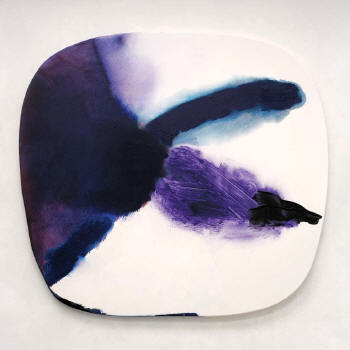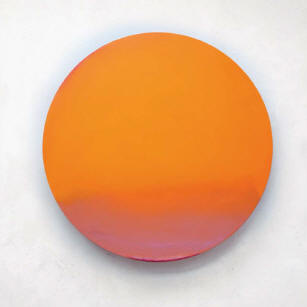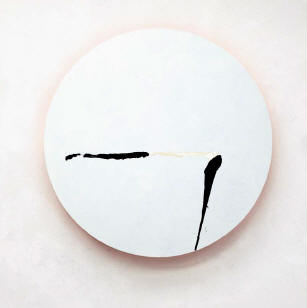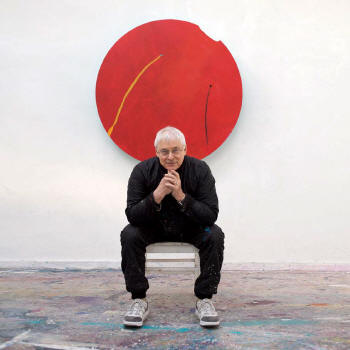|
|
| home | features | exhibitions | interviews | profiles | webprojects | gazetteer | links | archive | forum |
|
Haste Slowly Peta-Jane Field on Trevor Bell
“If there are no straight lines in nature, why should an artist try to confine forms with such borders in painting?”
Whilst Trevor’s non-figurative, coloured and monochrome paintings make no explicit reference to the landscape or external objects, the expressive spontaneity and intuitive spirit which they evoke make them accessible. Perhaps referring obliquely to the ambiguities in Trevor’s work, the owner of the Millennium, Joseph Clarke says, “With Trevor's paintings there is a sense of both the stillness and energy of nature, which relates very specifically to what I experience in Cornwall. They also speak of the duality of 'ourselves'. The clamour and the conflict that we all experience as human beings. It is a privilege to represent such a painter: important both currently and historically.”
“If there are no
straight lines in nature, why should an artist try to confine forms with
such borders in painting?” Trevor created his first brilliantly
original shaped paintings in the early sixties. Idiosyncratically,
Trevor’s latest circular shaped paintings have vividly coloured
contrasting bevelled edges. These carry the painting onwards and
outwards in a seemingly contradictory
Of course, none of Trevor’s paintings are actually ‘black’ or ‘white’ or, indeed, any single tone of colour. They are blueish-purpley-black, as black would be known to a miner who knows all shades and densities of coal, and soft-off white, as recognised by an Eskimo who knows all the hues and depths of snow. Radiantly alive, rich and luminous, his colours seem to hum with a spiritual resonance. While he firmly rejects and eliminates all elements of metaphor or narrative or indeed any form of figuration in his work, he is alive to the idea of sources which work on the subconscious. “Of course, I respond to the tensions and dynamics of the elemental forces around me, how could it be otherwise?” he says.
Haste Slowly can be seen at the Millennium gallery, Street-an-Pol, St Ives from Sat 4 Apr to Mon 4 May. For full details, please telephone: 01736 793121 or visit www.millenniumgallery.co.uk
A fully illustrated new
monograph on Trevor Bell’s life and work is also available for purchase Article first published in 'Inside Cornwall'
|
|
|




